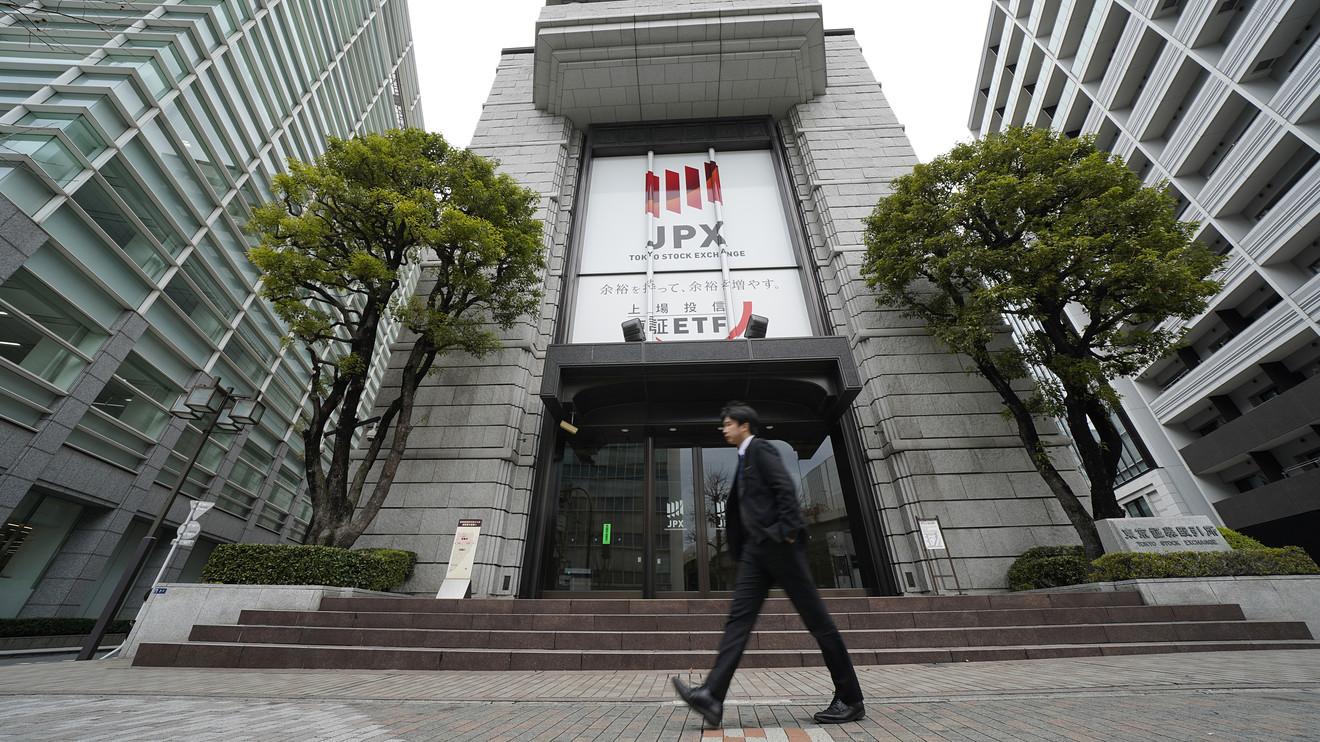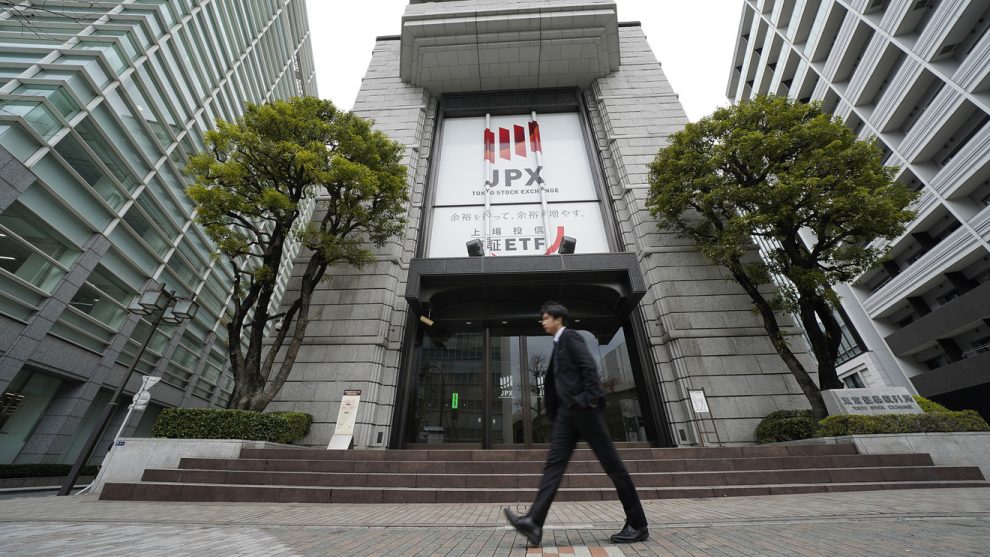
Asian stock markets fell in early trading Tuesday, following Wall Street’s worst day of the year as trade tensions between the U.S. and China grew even worse.
Japan’s Nikkei NIK, -0.66% sank 1.4%, while South Korea’s Kospi 180721, -0.94% fell 0.3% and Australia’s S&P/ASX 200 XJO, -2.32% slid 2.2%. Hong Kong’s Hang Seng Index HSI, -0.51% tumbled 1.2% and the Shanghai Composite SHCOMP, -1.41% fell 2.4%. Benchmark indexes in Taiwan Y9999, -0.14% , Singapore STI, -0.58% , Malaysia FBMKLCI, +0.00% and Indonesia JAKIDX, -0.98% were all down as much as 1%.
Many indexes rose from session lows after China’s central bank set the yuan’s reference point higher than expected early Tuesday, 7.0304 in onshore trading against the U.S. dollar and 7.0807 offshore. Still, the yuan declined to 7.0562 in early trading Tuesday.
Among individual stocks, SoftBank 9984, -3.02% fell in Tokyo trading, as did Toyota 7203, -2.44% and Fast Retailing 9983, -1.19% . In Hong Kong, Hang Lung Properties 101, -5.24% , Sunny Optical 2382, -0.97% and Sands China 1928, -1.27% dropped. Samsung 005930, -1.02% and SK Hynix 000660, -3.45% dropped in South Korea, while Beach Energy BPT, +0.00% and Westpac Banking WBC, -2.62% declined in Australia.
Late Monday, the U.S. Treasury Department labeled China a currency manipulator for the first time since 1994, opening the door to new sanctions and ratcheting up already high trade tensions. Earlier, China’s currency, the yuan CNYUSD, +0.0681% , broke a “line in the sand” below 7 U.S. dollars, apparently in retaliation for President Donald Trump’s announcement last week of new 10% tariffs against an additional $300 billion of Chinese goods, effective Sept. 1. China also confirmed it was suspending purchases of U.S. agricultural products.
In a note late Monday, Stephen Innes, managing partner of VM Markets, said of the Treasury Department’s declaration: “While a mostly symbolic gesture, it underscores rising trade tension and does also increase the likelihood of U.S. Treasury intervention which has traders preparing for worst-case scenarios: a protracted equity market sell-off, lower U.S. bond yields while provoking a stampede into safe havens. . . . How the yuan trades today will be critical for the market’s sentiment.”
Earlier, Wall Street suffered its worst day of 2019, with the Dow Jones Industrial Average shedding more than 767 points. The Dow DJIA, -2.90% ended the day down 2.9%, at 25,717.74 , while the S&P SPX, -2.98% declined 87.31 points, or 3%, to close at 2,844.74. The Nasdaq Composite COMP, -3.47% shed 278.03 points to finish at 7,726.04, a decline of 3.5%.
U.S. stock futures plunged in early trading Monday, but rallied and were last nearly flat. Dow Jones Industrial Average futures YM00, +0.21% , at one point down by about 500, were last down just 30, or 0.1%.
Benchmark U.S. crude CLU19, +1.10% rose 32 cents to $55.01 per barrel in electronic trading on the New York Mercantile Exchange. The contract fell 97 cents on Monday to close at $54.69. Brent crude BRNV19, +1.09% , used to price international oils, gained 43 cents to $60.24 per barrel in London. It dropped $1.92 the previous session to $59.81.
The dollar USDJPY, +0.73% gained to 106.15 yen from Monday’s 106.15 yen.











Add Comment